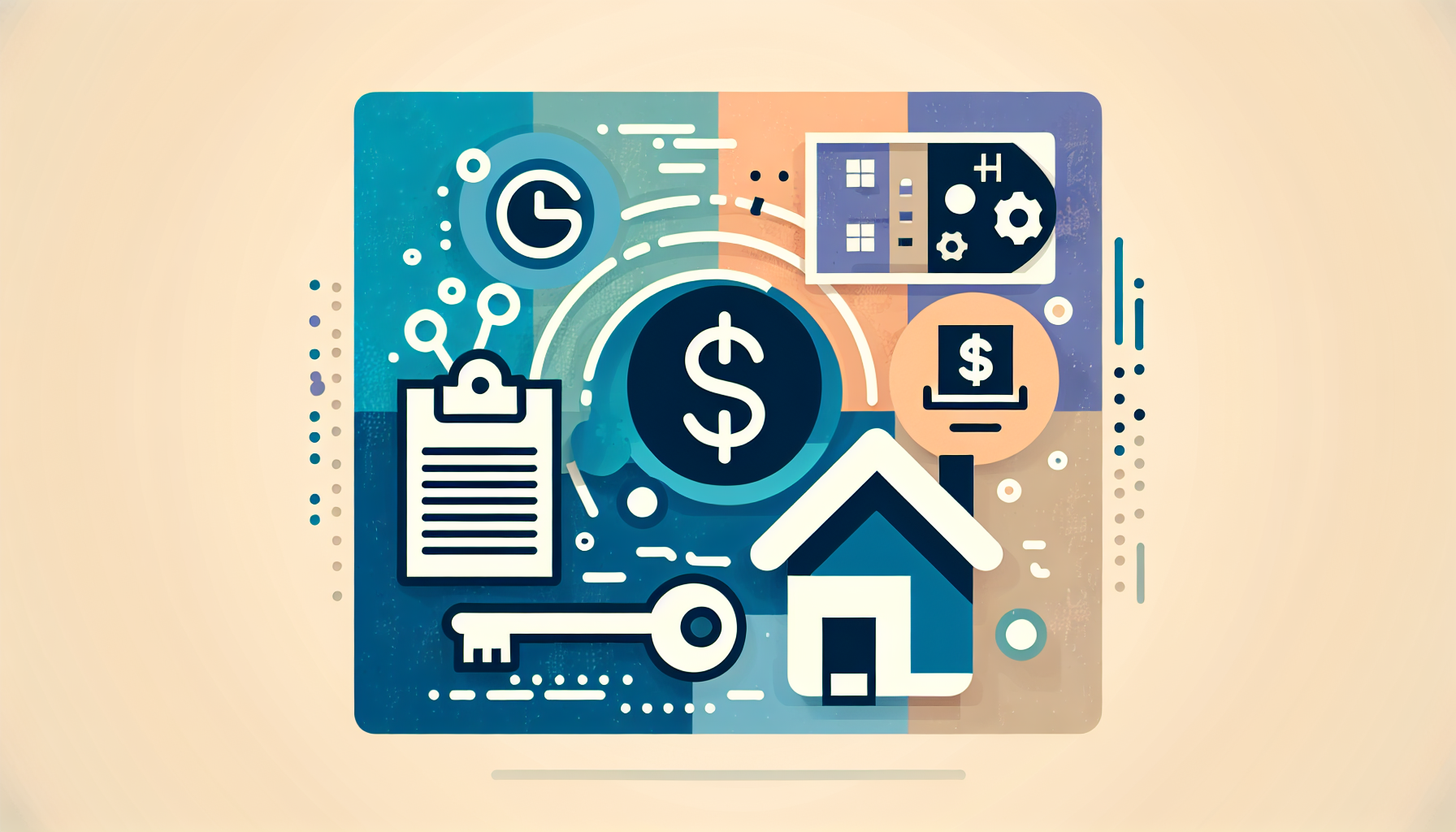The Role of Escrow Holdbacks in Home Buying

Buying a home can be a thrilling experience, but it often comes with unexpected challenges. One common hurdle is dealing with necessary repairs that arise during the homebuying process. In such situations, an escrow holdback can be a valuable tool to ensure that transactions proceed smoothly while addressing these issues. This financial arrangement allows funds to be set aside at closing for repairs, providing a safeguard for both buyers and sellers. In this article, we'll delve into the role of escrow holdbacks in home buying, exploring their mechanics, benefits, and how they can be particularly useful in seasonal contexts.
Understanding Escrow Holdbacks
An escrow holdback involves setting aside funds at the closing of a home purchase to cover necessary repairs. These funds are held in an escrow account until the specified repairs are completed satisfactorily. This arrangement is often initiated through a contract addendum negotiated by real estate agents and must be approved by the lender. For instance, if a home inspection reveals issues like a leaky roof or structural damage, an escrow holdback can ensure that these problems are addressed without delaying the closing date. You can learn more about the homebuying process and how tools like the WP Ultimate Loan & Mortgage Calculator can help you navigate it.
How Escrow Holdbacks Work
The process of implementing an escrow holdback typically begins with the identification of necessary repairs. This could be based on a home inspection report or an appraisal that highlights issues affecting the property's value or safety. The buyer and seller, often with the assistance of real estate agents, negotiate the terms of the repairs, including the cost and timeline for completion. This agreement is documented in a contract addendum, which is then reviewed by the lender for approval. The lender may require that the repairs be completed within a specific timeframe, such as 180 days after closing, and may stipulate that the escrow account hold 120% of the estimated repair cost to cover any unexpected expenses.
For example, if a home requires roof repairs due to weather damage, an escrow holdback can ensure that these repairs are completed promptly after closing. This is particularly useful in seasonal contexts where certain repairs, like exterior painting or landscaping, may be delayed due to weather conditions. You can find more information on managing seasonal repairs through escrow holdbacks on websites like SoFi and Rocket Mortgage.
Benefits of Escrow Holdbacks
The primary benefit of an escrow holdback is that it allows homebuyers to proceed with their purchase while ensuring that necessary repairs are addressed. This arrangement provides peace of mind for buyers, knowing that funds are available for repairs, and it allows sellers to close the sale without delay. Additionally, escrow holdbacks can be beneficial in situations where the seller needs the proceeds from the sale to fund the repairs. For more insights into how escrow holdbacks can streamline the homebuying process, you can visit Mortgage Equity Partners.
Seasonal Holdbacks and Lender Requirements
Seasonal holdbacks are particularly relevant when repairs are delayed due to weather conditions. For instance, exterior repairs like patio renovations or yard cleanup might be postponed until better weather conditions. Lenders often have specific requirements for escrow holdbacks, including the types of repairs that qualify and the timeframe for completion. Government-backed loans, such as FHA and VA loans, have their own guidelines for escrow holdbacks. For example, FHA loans typically require that the property does not need more than $5,000 in repairs to qualify for an escrow holdback, while VA loans may require 150% of the repair cost to be held in escrow. You can explore these guidelines further on Rocket Mortgage and BlueNotary.
Examples of Seasonal Repairs
Seasonal repairs often involve exterior work that can be affected by weather conditions. Some common examples include:
- Roof Repairs: These are crucial for maintaining the structural integrity of a home and can be particularly urgent if discovered during a home inspection.
- Exterior Painting: This can be delayed until favorable weather conditions, making an escrow holdback useful for ensuring the work is completed.
- Landscaping and Yard Cleanup: These tasks are often seasonal and can be postponed until better weather.
- Pest Control: Seasonal pest issues, such as termite infestations, may require timely attention.
For more detailed information on how seasonal repairs can be managed through escrow holdbacks, you can consult resources like SoFi and RateSimple.
Implementing an Escrow Holdback
Implementing an escrow holdback involves several steps and requires the participation of multiple parties, including real estate agents, lenders, and sometimes legal experts. The process begins with the negotiation of a contract addendum outlining the repairs, costs, and timelines. This document must be approved by the lender and is typically managed by an escrow company or title agency. For guidance on setting up an escrow holdback, you can refer to RateSimple and BlueNotary.
Documentation and Legal Requirements
The documentation for an escrow holdback includes the contract addendum and the closing disclosure, which outlines the terms of the escrow arrangement. Legal requirements may vary by jurisdiction, so it's important to consult with local real estate experts. For more information on the legal aspects of escrow holdbacks, you can visit RateSimple.
Conclusion and Next Steps
In conclusion, escrow holdbacks play a crucial role in facilitating smooth homebuying transactions by addressing necessary repairs without delaying the closing process. Whether dealing with seasonal repairs or other issues, understanding how escrow holdbacks work can provide buyers and sellers with peace of mind and financial security. If you're navigating the homebuying process and need assistance with calculating mortgage costs or understanding escrow holdbacks, consider reaching out to our team at Contact Us for personalized guidance. Additionally, tools like the WP Ultimate Loan & Mortgage Calculator can help you make informed decisions about your mortgage options.











